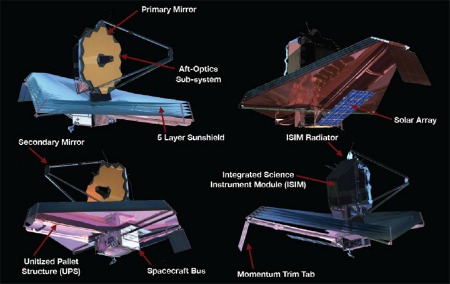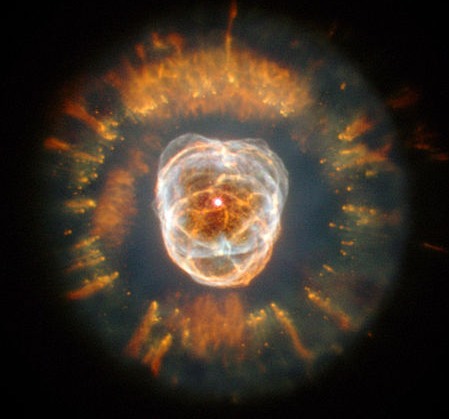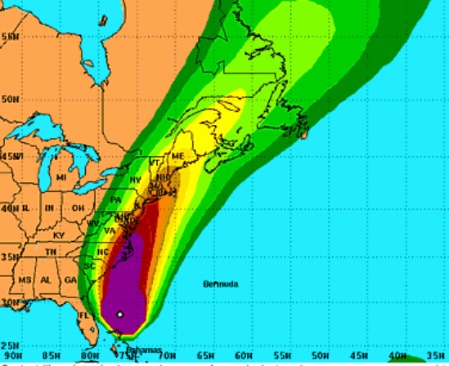Michelle Bachmann can hear God so clearly in her head, she wonders why everyone else isn’t listening:
“I don’t know how much God has to do to get the attention of the politicians. We’ve had an earthquake; we’ve had a hurricane. He said, ‘Are you going to start listening to me here?’ Listen to the American people because the American people are roaring right now. They know government is on a morbid obesity diet and we’ve got to rein in the spending.”
God is speaking through moderate earthquakes and category 1 hurricanes? And not only that, God is saying via those mild events that We the People should unquestioningly do exactly what Michelle Bachmann has been saying we should do as part of her GOP primary campaign? Bachmann reporting God affirming that Bachmann was right all along. … How incredibly convenient, not to mention transparent and laughable.
I guess the idea of God as a control freak is nothing new. But one would think a being which can create quasars and butterflies by sheer force of will would be able to speak with a clearer voice, instead of being drowned out by the statistical noises afforded by routine wind and rain.












